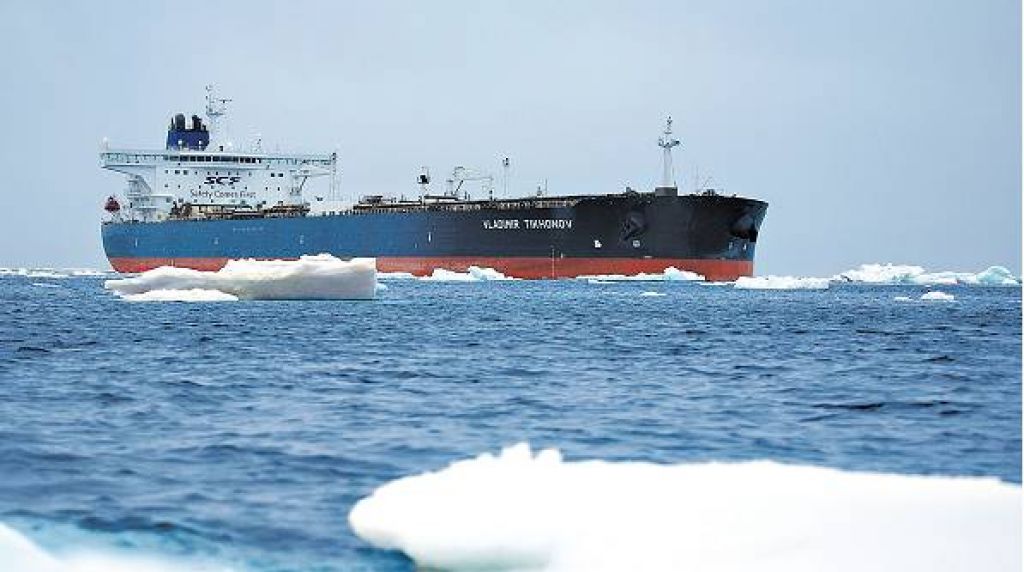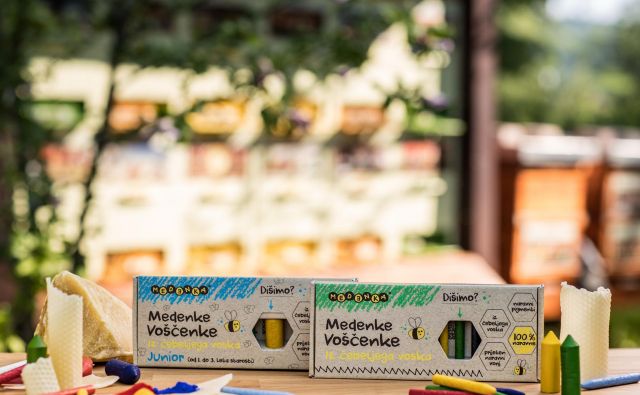ARKHANGELSK, Russia - Rounding the northernmost tip of Russia in his tugboat this summer, Captain Vladimir V. Bozanov saw plenty of walruses, some pods of beluga whales and in the distance a few icebergs.
One thing Captain Bozanov did not encounter while towing an industrial barge 3,700 kilometers across the Arctic Ocean was solid ice blocking his path. He said an ice-free passage, even in summer, was rare a decade ago.
But scientists say there is now no doubt that global warming is shrinking the Arctic ice pack, opening new sea lanes and making the few previously navigable routes accessible more months of the year. And whatever the grim repercussions of greenhouse gas, companies around the Arctic Ocean are finding new opportunities for trade.
Oil companies are the most l ikely beneficiaries, as the receding ice opens more of the sea floor to exploration. Exxon Mobil recently signed a deal to drill in the Russian sector of the Arctic Ocean. But shipping, mining and fishing ventures are also looking farther north.
"It is paradoxical that new opportunities are opening for our nations at the same time we understand that the threat of carbon emissions has become imminent," Iceland's president, Olafur Ragnar Grimsson, said at a recent conference here.
At the same forum, Prime Minister Vladimir V. Putin of Russia offered an endorsement of the new business prospects in the thawing north. "The Arctic is the shortcut between the largest markets of Europe and the Asia-Pacific region," he said. "It is an excellent opportunity to optimize costs."
This summer, one of the warmest on record in the Arctic, a tanker set a record by crossing the Arctic Ocean in six and a half days, carrying a cargo of natural gas condensate. The previous record was eight days.
Scientists say that over the last 10 years the average size of the polar ice sheet in September, the month when it is smallest, has been about two-thirds the average of the previous two decades. The Arctic Monitoring and Assessment Program, a Norwegian group, forecasts that within 30 or 40 years the Arctic Ocean will be icefree in the summer.
And so business plans are being drawn up to capitalize on changes in a part of the world that for much of seafaring history was better known for grim final entries in diaries of explorers like Hugh Willoughby of England. He died with his crew in 1553 trying to navigate this shortcut from Europe to Asia, known as the Northeast Passage.
The Russians, by traveling near the coast, have been sailing the Northeast Passage for a century. They opened it to international shipping in 1991, after the breakup of the Soviet Union. But only recently have companies begun to find the route profitable, as the receding polar ice cap has opened paths farther offshore - allowing larger, modern ships with deeper drafts to make the trip, trimming days off the voyage and saving fuel.
In 2009, the first two international commercial cargo vessels traveled north of Russia between Europe and Asia. This year, 18 ships have made the now mostly ice-free crossing.
On some routes, the trip over the top of Russia is now competitive with the passage from Europe to Asia via the Suez Canal. The voyage from Rotterdam to Yokohama, Japan, via the Northeast Passage, for example, is about 7,000 kilometers shorter than the route through the Suez, according to Russia's Transportation Ministry.
But the primary use of Arctic Ocean shipping has been to support other industries heading farther north, like mining and oil drilling, according to participants at the conference.
Tschudi, a Norwegian shipping company, has bought and revived an idled iron ore mine in the north of Norway to ship ore to China through the Northeast Passage. Executives estimate they save $300,000 a trip. The Russian company Norilsk's nickel and copper mine can now ship its metals across the Arctic Ocean without chartering ice breakers, as in the past, saving millions of rubles for shareholders.
For the fishing industry, the target is the so-called Arctic Ocean doughnut hole - the millions of square kilometers in the ocean's center that are beyond the 200-nautical mile exclusive economic zones of the coastal nations. Until 2000, the entire doughnut hole was frozen year round. Now, large portions north of Alaska and eastern Siberia are usually ice-free in the summer.
Meanwhile, because ice floes still menace shipping even in the otherwise open sea lanes, authorities in the United States, Russia and Norway are studying the business potential of overhauling ports on both sides of the Northeast Passage to transfer containers from ordinary freighters to ice-class vessels that would ply the Arctic Ocean, serving Asia, Canada, the United States West Coast and Europe.
Under this plan, now hopelessly remote ports like Kirkenes in Norway or Adak in Alaska, south of the Bering Strait, might be transformed into bustling logistics hubs for Arctic shipping.
Alaska's lieutenant governor, Mead Treadwell, was among those who attended the Russian conference.
"The ships," he said, "are coming."
 Tiskane izdaje
Tiskane izdaje























